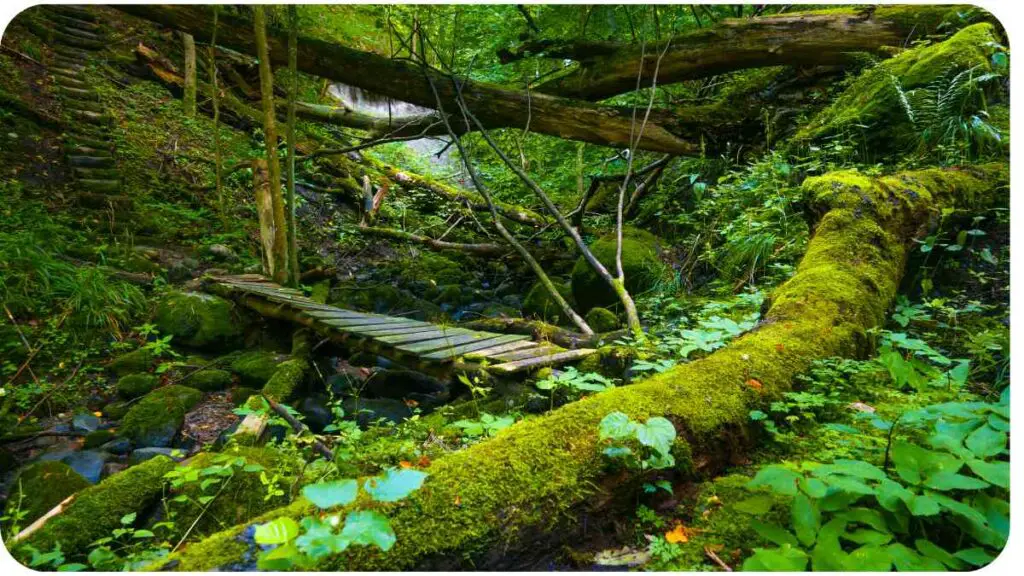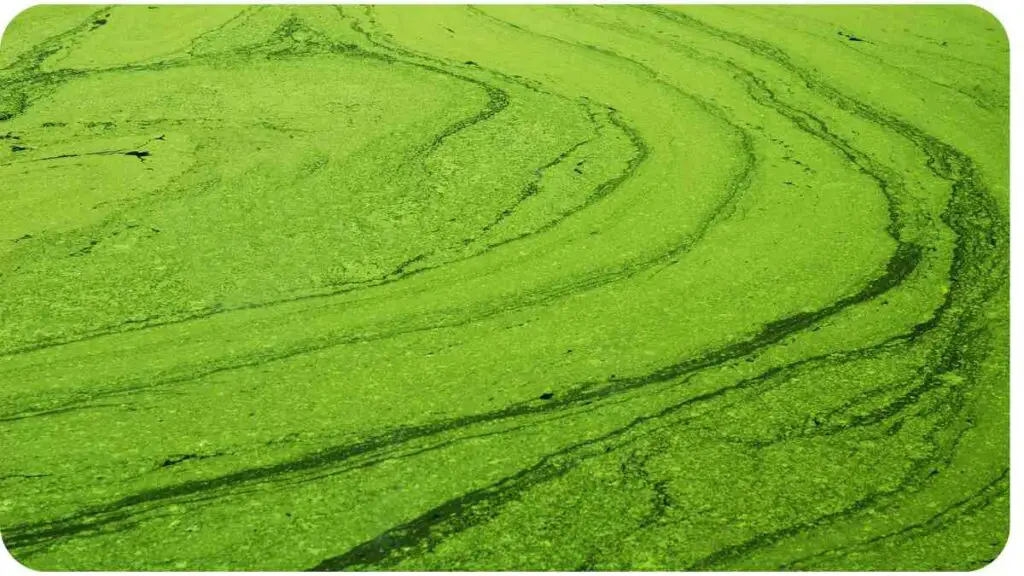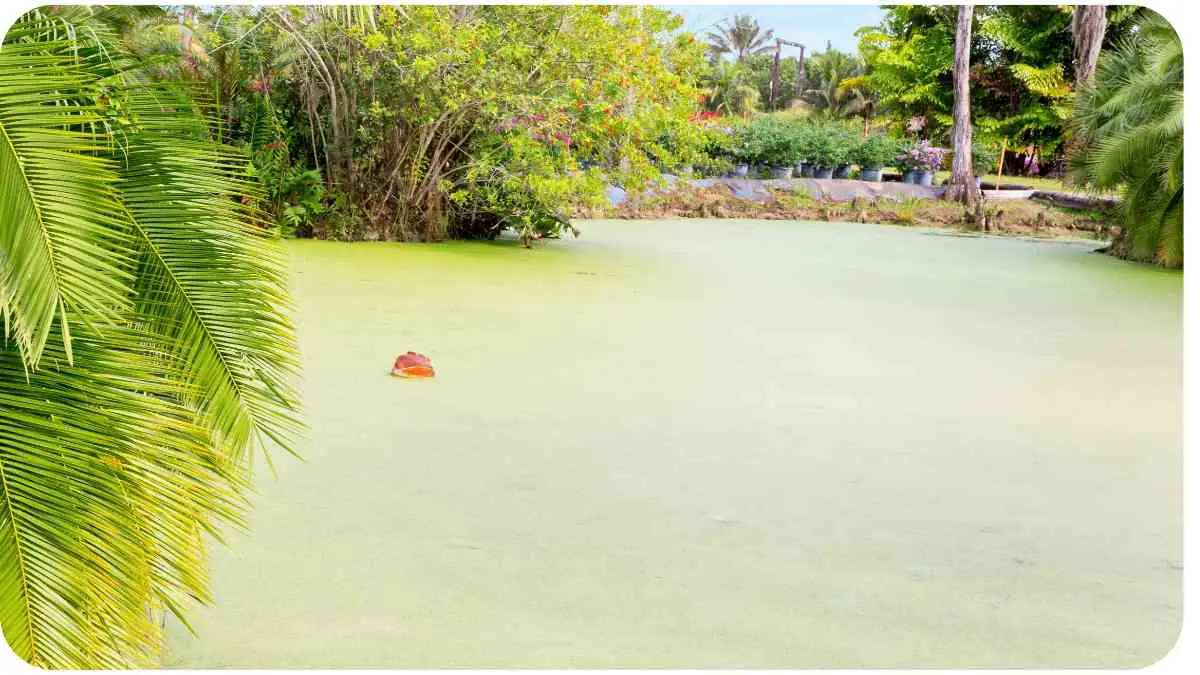Dealing with unwanted pond plant overgrowth can be a real challenge for pond owners. Whether it’s lily pads spreading like wildfire or algae turning your pond into a green soup, these issues can disrupt the beauty and health of your water feature.
But don’t worry, understanding how to manage this overgrowth effectively can help restore balance and keep your pond in top shape. In this guide, we’ll walk you through everything you need to know to address unwanted pond plant overgrowth, from preventive measures to removal techniques.
| Key Takeaway |
|---|
| Addressing pond plant overgrowth requires a multi-faceted approach involving prevention, removal, and management. |
| Regular maintenance and monitoring are crucial for preventing and managing plant overgrowth effectively. |
| Balancing nutrient levels in the pond helps prevent excessive plant growth and maintains water quality. |
| Manual removal techniques, such as hand-pulling and using specialized tools, are effective for managing smaller areas of overgrowth. |
| Chemical controls, including herbicides and algaecides, should be used cautiously and according to safety guidelines. |
| Biological methods, such as introducing natural predators and beneficial bacteria, can aid in controlling unwanted plant growth. |
| Proper disposal of removed plants is important to avoid reintroducing them into the pond. |
| Successful pond management often involves a combination of strategies tailored to the specific needs of the pond. |
Understanding Pond Plant Overgrowth

What Causes Pond Plant Overgrowth?
Pond plant overgrowth often stems from a few key issues. Excess nutrients, particularly nitrogen and phosphorus, fuel rampant plant growth. These nutrients can come from a variety of sources, including fertilizers, decaying organic matter, and even runoff from nearby lawns or gardens. When these nutrients are abundant, plants grow faster than they can be naturally managed by the pond’s ecosystem.
Addressing pond plant overgrowth requires understanding how plants can impact your water feature. Learn more about solving the mystery of wilting plants and ensure your water garden thrives.
Common Types of Pond Plants
In many ponds, you’ll find a range of plants, from beneficial ones like water lilies and cattails to problematic ones like duckweed and water hyacinth. Here’s a quick overview:
| Plant Type | Description | Impact |
|---|---|---|
| Water Lilies | Floating plants with large leaves and blooms | Can provide shade but may become invasive |
| Duckweed | Tiny floating plants that cover the surface | Blocks sunlight and depletes oxygen |
| Water Hyacinth | Fast-growing floating plants with purple flowers | Can quickly overwhelm a pond |
| Cattails | Tall plants that grow in shallow water | Can spread and block water flow |
The Impact of Overgrowth
Overgrowth can lead to a range of problems. It can block sunlight, reducing the growth of beneficial underwater plants and disrupting the pond’s ecosystem. Additionally, it can decrease oxygen levels, harming fish and other aquatic life. In severe cases, overgrowth can create a breeding ground for mosquitoes and other pests.
Signs of Overgrowth
Visual Indicators
One of the first signs of overgrowth is a noticeable increase in plant cover. If you notice that your pond’s surface is almost entirely covered by plants, or if the water has a greenish tint due to algae, it’s a clear sign that intervention is needed.
To manage unwanted plant growth in your pond, it helps to tackle algae issues. Discover strategies to prevent algae with our guide on why your garden water feature keeps algae blooming.
Effects on Water Quality
Changes in water quality can also signal overgrowth. High levels of nutrients and organic matter can cause water to become murky or foul-smelling. Regular water testing can help you monitor these changes and take action before the situation worsens.
Preventive Measures
Balancing Nutrients
To prevent overgrowth, it’s crucial to balance nutrient levels in your pond. Avoid using excess fertilizers around the pond and consider adding plants that can help absorb these nutrients. For example, aquatic plants like water lilies can help reduce nutrient levels by absorbing them.
Proper Plant Selection
Choosing the right plants for your pond is essential. Opt for species that are less likely to become invasive and maintain a healthy balance of aquatic plants. Avoid introducing plants that have a high potential for rapid spread.
Maintaining Healthy Ecosystems
A well-balanced pond ecosystem can naturally control plant growth. Introduce beneficial microorganisms and maintain a healthy population of fish and other aquatic life to keep plant growth in check. Regularly removing debris and organic matter can also help maintain balance.
Maintaining a balanced pond environment is essential. Explore the benefits of incorporating a water feature into your landscaping to support a healthy pond ecosystem.
Manual Removal Techniques
Hand-Pulling
For smaller ponds or isolated overgrowth, hand-pulling can be an effective method. Use gloves and tools designed for aquatic plants to remove unwanted plants. This method is labor-intensive but can be done safely and effectively.
Using Tools
For larger ponds or more severe overgrowth, specialized tools like aquatic weed cutters or rakes can be helpful. These tools are designed to manage and remove aquatic plants efficiently.
| Tool | Description | Best For |
|---|---|---|
| Aquatic Weed Cutter | A tool with sharp blades to cut underwater plants | Large areas with dense growth |
| Aquatic Rake | A rake with long tines for gathering plants | Removing floating and submerged plants |
Disposing of Plants
Once removed, it’s important to dispose of the plants properly. Composting is a good option for some plants, while others may need to be taken to a green waste facility. Avoid dumping plant material back into the pond, as this can exacerbate the problem.
Chemical Control Methods

Herbicides
Herbicides can be effective in controlling invasive aquatic plants. Select a product that is specifically designed for use in ponds and follow the manufacturer’s instructions carefully to avoid harming other wildlife.
Proper selection of water features can influence pond health. Check out our recommendations for choosing the perfect water feature to enhance your outdoor space effectively.
Algaecides
Algaecides can help manage algae overgrowth. These chemicals work by targeting the algae and reducing its growth. Again, use as directed and avoid overuse, as it can disrupt the pond’s ecosystem.
Safety Precautions
When using chemicals, always prioritize safety. Wear protective clothing, avoid contact with skin and eyes, and follow all safety guidelines. Additionally, monitor the pond closely after treatment to ensure that the chemicals do not adversely affect other plants or animals.
Biological Control Methods
Introducing Natural Predators
Introducing natural predators like certain species of fish or insects can help manage unwanted plant growth. For example, certain fish species feed on algae and can help control its spread.
Using Beneficial Bacteria
Beneficial bacteria can be added to the pond to help break down organic matter and reduce nutrient levels. These bacteria can help maintain a balanced ecosystem and prevent overgrowth.
If your pond pump is malfunctioning, it can affect plant growth. For solutions to common pond pump issues, read our article on why your garden pond pump isn’t working.
Preventing Future Overgrowth
Regular Maintenance
Regular maintenance is key to preventing future overgrowth. Schedule routine check-ups to remove excess plants, monitor water quality, and maintain a balanced ecosystem.
Monitoring Water Quality
Regularly test the water for nutrient levels and other indicators of overgrowth. Keeping track of these parameters can help you take proactive steps to manage plant growth before it becomes a major issue.
Adjusting Plant Growth
Adjusting the growth of existing plants can help maintain balance. Trim overgrown plants and remove excess debris to keep the pond healthy and manageable.
Case Studies and Real-World Examples
Successful Pond Management
Explore case studies of ponds that have been successfully managed through a combination of preventive measures, manual removal, and chemical or biological control methods. Learn from these examples to apply similar strategies to your own pond.
Challenges and Solutions
Every pond presents unique challenges. Learn about common issues faced by pond owners and how they have been addressed through innovative solutions and effective management practices.
Conclusion
Addressing unwanted pond plant overgrowth requires a multifaceted approach. By understanding the causes, recognizing the signs, and applying effective management techniques, you can keep your pond healthy and beautiful. Regular maintenance and preventive measures will help you enjoy a balanced ecosystem and a thriving water feature for years to come.
Further Reading
Fairfax County: Pond Problems
Explore a comprehensive guide on common pond problems and practical solutions offered by Fairfax County’s Soil and Water Conservation department. This resource covers a range of issues from nutrient overloading to aquatic plant control.
Pond King: Pesky Pond Moss Solutions
Discover effective solutions for managing and eliminating pesky pond moss from Pond King’s blog. This article provides practical advice and tips for maintaining a clear and healthy pond.
Pond Expert: Managing Plant Overgrowth
Read about strategies for managing plant overgrowth in ponds with insights from Pond Expert. This guide offers detailed methods for controlling invasive plants and maintaining a balanced aquatic environment.
FAQs
What are the most effective ways to control pond plant overgrowth?
Effective methods include balancing nutrient levels, manual removal of plants, and using chemical or biological controls. Combining these approaches often yields the best results.
How can I prevent unwanted pond plant overgrowth?
Prevent overgrowth by maintaining proper nutrient levels, choosing non-invasive plant species, and regularly monitoring and maintaining your pond’s ecosystem.
Are there natural ways to manage pond plant overgrowth?
Yes, introducing natural predators, using beneficial bacteria, and proper ecosystem management are natural ways to control plant overgrowth.
When should I consider using chemicals to control pond plants?
Use chemicals when manual and natural methods are insufficient or impractical. Always follow the manufacturer’s guidelines and safety precautions to minimize environmental impact.
What should I do with removed pond plants?
Dispose of removed plants properly. Composting is suitable for some, while others may need to be taken to a green waste facility. Avoid returning them to the pond to prevent re-infestation.

Hi! My name is Hellen James, and I’m a landscape designer in Los Angeles. I’ve been working with homeowners and businesses to help them improve the look of their properties for over 10 years.

